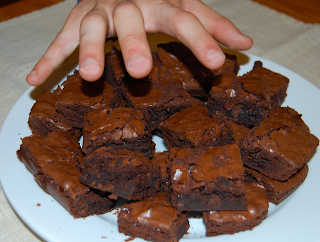Take for example arancini; a specialty made with leftover risotto filled with cheese and then deep fried. Not to mention the thousands of recipes that call for stale bread: mollica, panzarella, and Marcella Hazan’s favorite, ribollita. Hazan, the queen mother of Italian cooking in America, was quoted as saying, “I’d be loathed to order pasta in a Tuscan trattoria when a ribollita or any soup with beans or ‘kale’ is on the menu.” Ribollita is a hearty vegetarian stew made with leftover beans, greens, broth and is fortified with the addition of other vegetables such as potatoes, carrots and celery. This is one of Tuscany's most revered dishes. Freshly made, this is a hearty, brothy soup, but when reheated the next day, it becomes a deeply flavorful, porridge-like stew.
What better way to celebrate the life of the famous Italian cook than by using the leftovers from a Saturday antipasti supper which consisted of greens, Tuscan white beans, grilled sausage, Caprese salad and a fresh loaf of ciabiatta to make a meatless- Monday dinner. On Thursday, it doubles back as antipasti again served on crostini.

- ¼ cup extra-virgin olive oil
- 1 medium yellow onion, peeled and chopped
- 1 carrot, peeled and chopped
- 2 ribs celery, trimmed and chopped
- 1 large russet potato, peeled and diced
- ½ cup chopped canned Italian plum tomatoes
- 1½ cup greens (kale, collards, chard, cabbage), cooked
- 2 cups vegetable (or chicken) broth
- 1-2 sprigs of fresh herbs (rosemary, sage, oregano, etc.)
- 1 bay leaf
- 1 ½ - 2 cups of Tuscan white beans, cooked
- 2 thick slices day-old country white bread, cubed
- Salt and freshly ground black pepper
Add the stock, bay leaf and herb,s and then simmer with the lid on until all the vegetables are soft, about 1 hour. Add the cooked beans and cubed bread stirring gently and cover. Return the soup to a simmer, and cook until bread begins to soften, about 10 more minutes. Season the soup to taste with salt and pepper, and serve with a drizzle of olive oil. Remove the bay leaf and refrigerate any leftover soup.
 The next day, preheat oven to 375ºF and heat the leftover soup in the casserole in the oven, uncovered, stirring occasionally, until heated through, about 1 hour. For the last 30 minutes, do not stir; let soup brown lightly. Drizzle with another ¼ cup oil, and serve topped with a sprinkling of grated Parmesan cheese.
The next day, preheat oven to 375ºF and heat the leftover soup in the casserole in the oven, uncovered, stirring occasionally, until heated through, about 1 hour. For the last 30 minutes, do not stir; let soup brown lightly. Drizzle with another ¼ cup oil, and serve topped with a sprinkling of grated Parmesan cheese.If preferred, you can use the cold leftover stew as a bruschetta topping served atop crusty, toasted bread with a smattering of cheese or Denise's peppers.
As you might imagine, this is not exact recipe and varies with each batch that you make. It is also contingent on how much you have in the way of leftovers in the beginning. We have even on occasion used leftover rice in place of bread. You can add or subtract, reduce or increase any of the ingredients to your taste.





